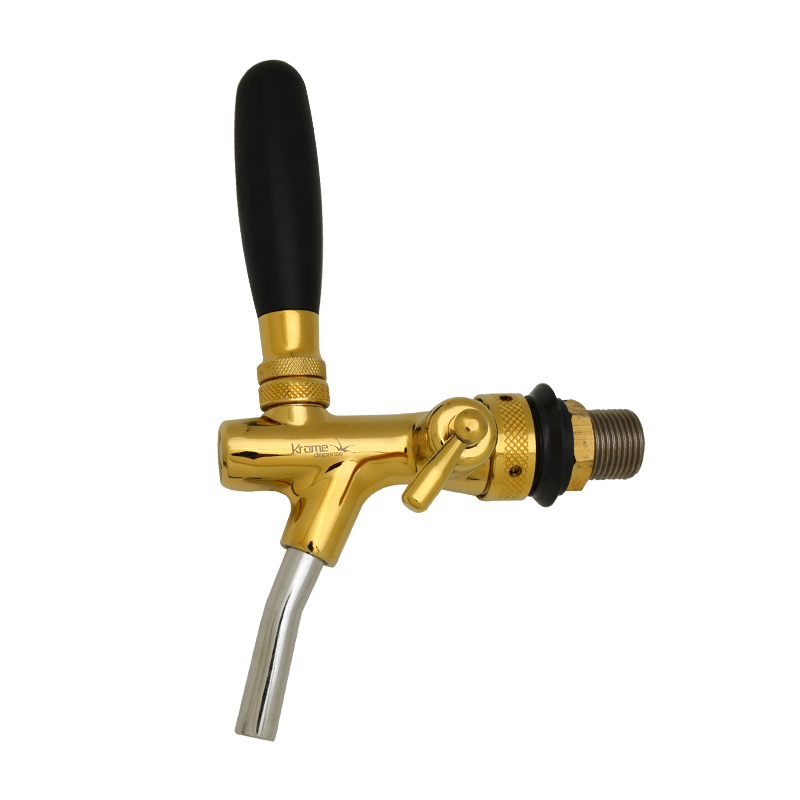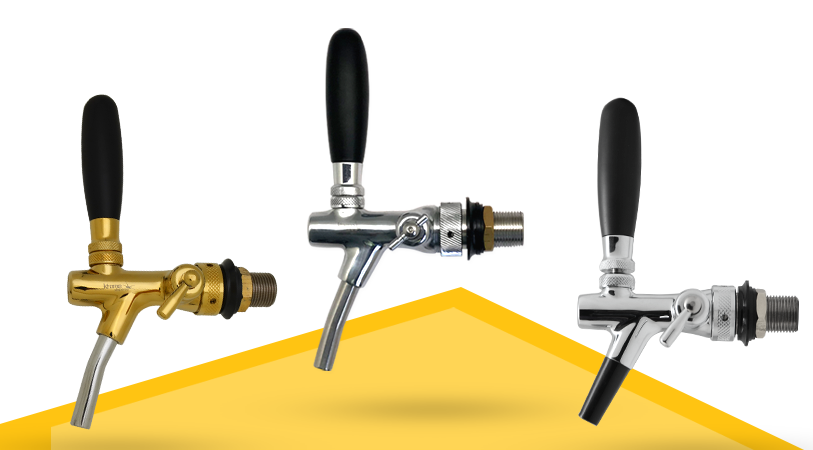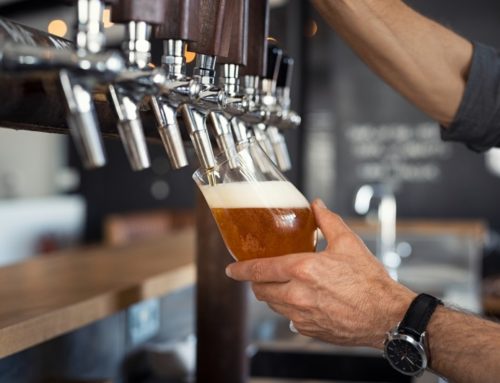Most of us know about the different styles of Beer Taps – US Standard, European, Stout, etc,. But have you given a thought about the various materials it is made up of and carefully considered what suits your dispensing needs best?Here is a compilation of advantages and disadvantages of beer taps based on their building materials. They’ll come handy to make an informed choice for your next purchase or cleaning and maintenance routine.
Why is it necessary to know?
Faucets are part of the draft beer system and beer’s last point of contact while pouring. This fact makes it important to understand the effect of metal interactions with beer.
After all, we don’t want to compromise on the quality and taste of beer we are serving.
The big debate: Brass vs. Stainless steel
The beer taps currently available in the market use either Brass or Stainless steel for their construction.



Chrome plated Brass tap PVD Gold Brass Tap Stainless Steel Tap
Brass beer taps – These are often referred to as the traditional faucets. They have been in use since the outset of beer dispensing.
Brass beer faucets are less expensive than their stainless steel counterparts. But the acidic nature of beer is known to cause leaching of the metal giving the beer a metallic taste. This also erodes the material and creates pockets where bacteria could grow and spoil the beer.
A workaround for the issue was found in coating brass with an inert material so that brass doesn’t come in direct contact with beer at all.
This led to the rise of Chrome plated Brass taps that are as cost effective as the complete brass taps. They have an attractive shiny look along with the non-reactive nature of Stainless steel. But with constant use and cleaning procedures, the Chrome plating gets chipped over time, exposing Brass and interfering with beer when it needs to be replaced.
PVD Gold finish faucets are the other coated Brass tap options available.
In case of home brewing, where the use is not as rigorous as in commercial places, coated brass taps can last a long time.
Stainless Steel taps – Stainless steel is non-reactive and corrosion-resistant. Hence it doesn’t change the beer passing through it in any way, even over time.
So if this is what we want, why not choose this always? The reason is, Stainless steel taps are pricey. To the extent of being twice or more the cost of Brass taps. This is a significant difference when you take into account all the many taps that need to be installed in a brewery or bar.
But again, you should also consider the cost of future replacement if using coated Brass faucets.
Which one should you buy?
Having seen the pros and cons of using these materials, there isn’t one straightforward answer that meets everyone’s needs. Armed with this knowledge, you can now choose a Beer Faucet that best suits your usage and requirements.





